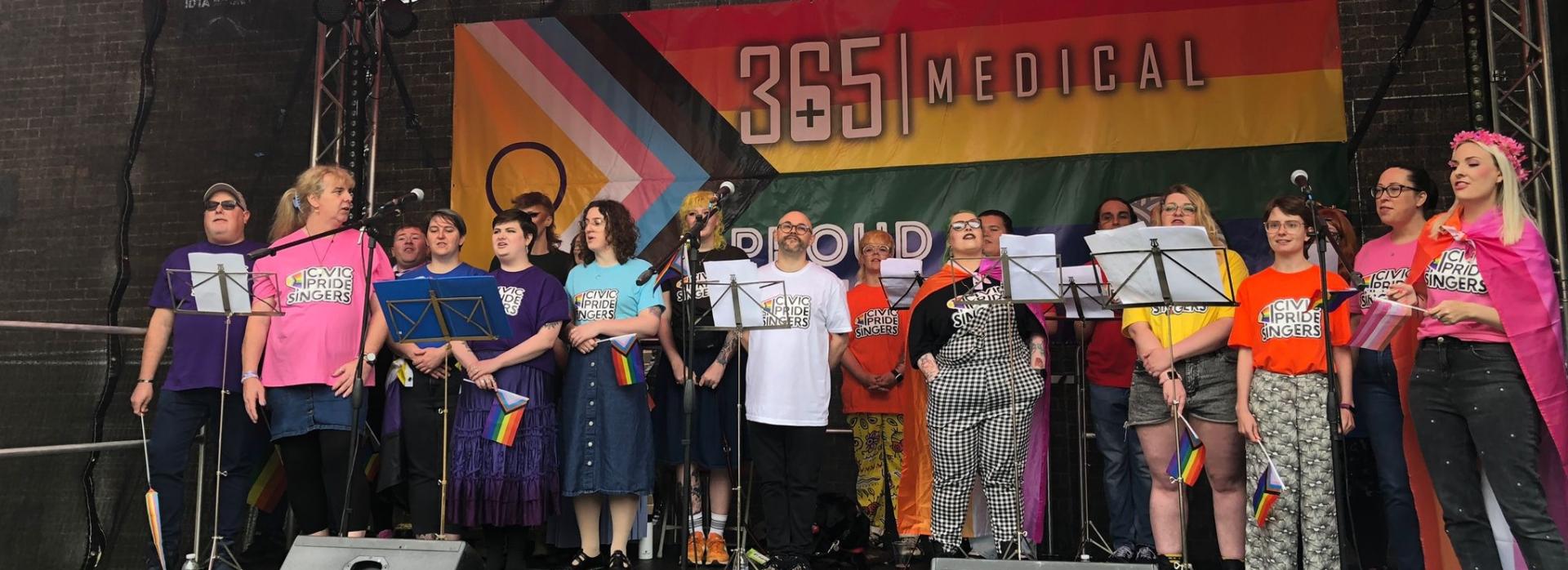New UK & Ireland State of the Sector Survey 2025 is available here - deadline 31 October 2025
This autumn we are launching a new State of the Sector Survey with partners across the UK and Ireland. This blog explores why we are asking you about your work and how we have used this information before.
In 2023 we conducted a large State of the Sector Survey with our colleagues from Arts, Culture, Health & Wellbeing Scotland; the Wales Arts, Health & Wellbeing Network; and Arts Care in Northern Ireland. We then worked with University of Sheffield PhD student Jonathan Tang to analyse the results.
We've used these results in numerous ways to advocate for creative health. Perhaps the single most effective element of the survey is the way it helps us understand about money and infrastructure: who is funding what, and how you are supported in your work. This helps us understand whether you - our members - are able to make a living out of creative health; how sustainable the funding situation is for organisations; and what is in place to help build effective relationships between creativity, culture and health.
Based on this, we shared information about the sector's precarity at an All Party Parliamentary Group meeting on cost-effectiveness in creative health. Chairing the session, Lord Howarth expressed shock at freelancers' unsustainable incomes and called for greater commitment to investment. The Creative Health Review (2024), which was based in part on these roundtables, now references our State of the Sector report, and states that creative health "should not be considered simply as a cheap alternative", and that "investment in this rapidly developing sector is necessary in order to fully realise its potential."
But the survey has also helped us in other ways: we have been able for example to argue for a change in the way work is funded - and for greater emphasis on funding infrastructure, long-term work, and also all the work that happens around delivery. The survey made it clear that whilst most funding covers delivery, it rarely cover wellbeing support for facilitators. This needs to change, and we continue to prioritise this in all our advocacy work, including through our Practising Well Award in collaboration with Nicola Naismith.
We also used the survey to help us understand the demographics of the creative health sector - from this we can begin to see where our priorities should lie when it comes to building a more diverse and representative workforce. We are very diverse in terms of both sexuality and neurodiversity. A large proportion of us have caring responsibilities. The number of people identifying as Disabled is roughly representative of the national population. Women are vastly over-represented (80-90%). In terms of heritage, people of African and Caribbean Heritage, Asian heritage and Gypsy/Roma/Traveller heritage are all under-represented. People of mixed heritage are approximately represented. The socio-economic data is much harder to analyse confidently; a project we need to tackle this year. You can read more about all of this here.
There are many more examples of how the data you give us impacts our work: it shapes our priorities but it also helps us speak with some authority to the structures that govern money and commissioning.
No-one else is gathering this information; and it's a vital part of making this sector visible, and strong - so we hope you'll feel able to complete the new survey when we circulate it this summer.

